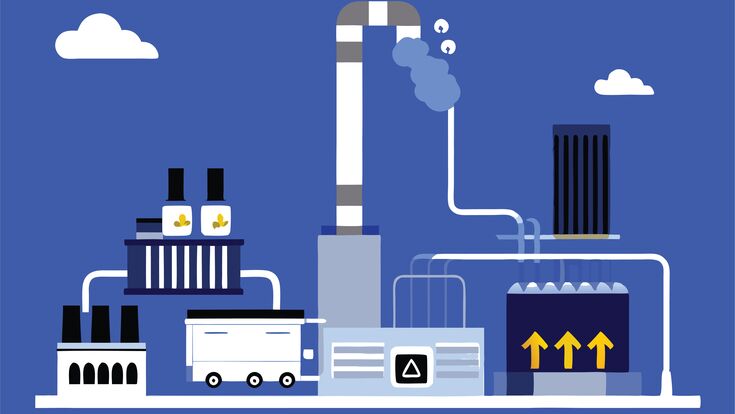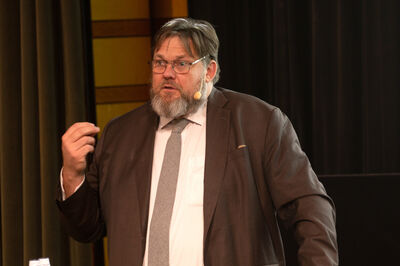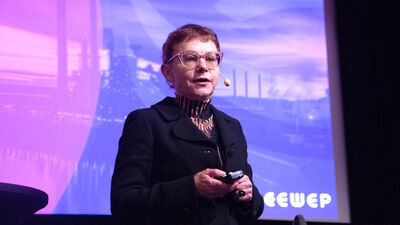Waste to Energy : Energy recovery – a vital public service

In his opening speech, Tony Clark, CEO of the co-organizer Avfall Sverige, emphasized that there is no conflict between waste prevention, material recycling, and energy recovery – rather, they complement each other. Energy recovery plays a crucial role in handling hazardous substances that should not be reintroduced into circulation. Additionally, the ability to extract metals and other materials from ash makes it a true recycling method. “Waste-to-Energy has been overshadowed for a long time, so it’s important to show the world that the sector has an important role – both now and in the future”, he stated.
Gustav Ebenå from the Swedish Energy Agency agreed: “We see waste as a resource, not only in terms of materials but also as an energy source. Waste-derived energy is essential in completing the puzzle of a circular economy and a sustainable energy system.”
He also highlighted the growing interest in Carbon Capture, Utilization, and Storage (CCUS): “We need to optimize CCUS to ensure its economic viability. A good idea is not enough – it must also be profitable for those working with it. It’s a complex challenge, which is why conferences like this are so important.”

Growing interest in carbon capture
Several CCUS projects linked to waste-to-energy facilities have been launched across Europe, with more in the pipeline. The Confederation of European Waste-to-Energy Plants (CEWEP) has identified 60 active initiatives in the sector. The conference provided insights into how these projects can be realized, including the development of a market for trading emission reductions.
Thomas Thyblad from Nasdaq introduced the first-ever Carbon Removal Price Index, based on tradable CORCs (Carbon Removal Certificates). This index aims to create a transparent market, helping companies understand the true cost of offsetting their emissions.
The European Commission views CCUS as essential to achieving net-zero greenhouse gas emissions. By 2050, 450 million tons of CO₂ will need to be captured. “This is not a legislative proposal yet, but a roadmap that places CCUS high on the EU’s political agenda. I expect legislation to be introduced around 2026,” said Fabio Poretti, CEWEP’s Science and Technology Advisor.
Urgent need to reduce plastics
Plastic waste remains a major and growing problem. Between 8 and 12 million tons of plastic end up in the oceans annually. Additionally, plastics contribute to the majority of fossil CO₂ emissions from waste-to-energy plants.
The waste industry is addressing this issue by enhancing separate plastic collection, improving sorting technologies, and introducing cost incentives for plastic-heavy waste streams. However, the sector is also actively advocating for regulatory changes that would place more responsibility upstream – including better controls on plastic production and stronger markets for recycled plastics.
A potential risk is that the EU may impose additional carbon pricing on waste-to-energy emissions, effectively making facilities pay for CO₂ emissions originating from consumers' waste. Ella Stengler, President of CEWEP, warned about the implications: “The EU must look on the whole waste sector. Will the most effective way to reduce emissions be to include Waste-to-Energy in the Emission Trading System (ETS)? If it gets more expensive because of ETS, what will then happen with the waste? Will it find new ways, maybe to a third country outside the EU?”

A critical public service
Stengler also stressed that energy recovery is about more than just waste management: “Waste-to-Energy has gone such a long path from these open burnings. And with the sophisticated filter devices, with improving energy efficiency, doing more and more with the use of the bottom ash, providing citizens with heat and electricity and process steam to the industry it is an important service for the society.”
>>> WtE and EU ETS: What the Inclusion means for the Industry


